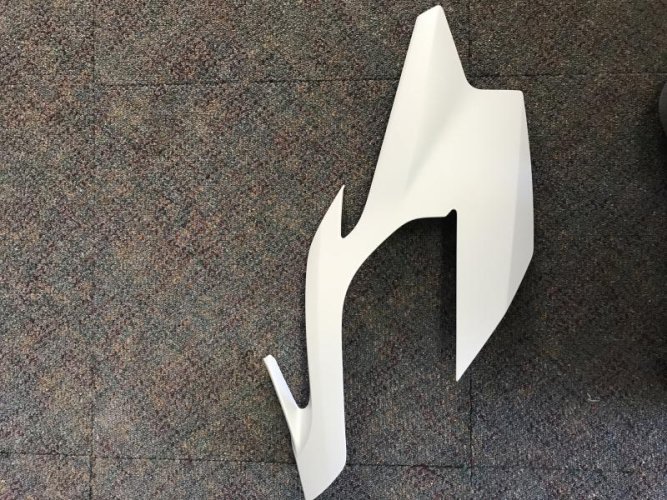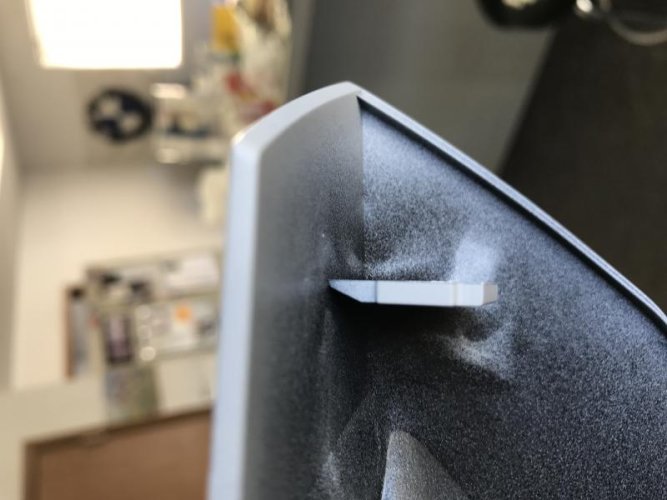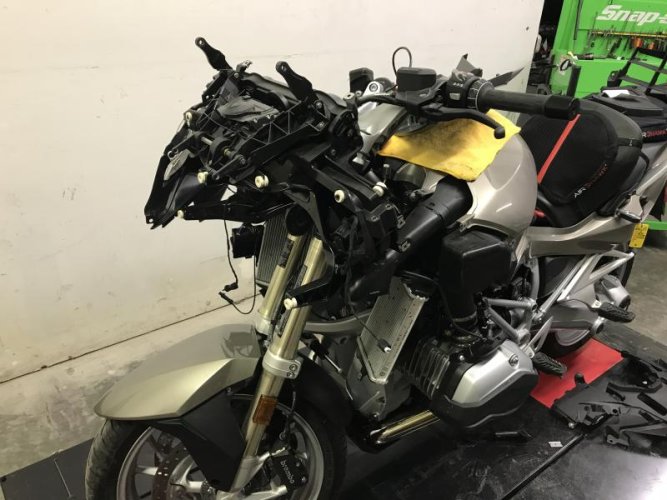ballen262
New member
The notion of judging quality of any part let alone the reputation of a manufacturer based on how the part survives hitting a turkey is ludicrous and ridiculous.
Worldwide, BMW has a reputation of the highest order and nothing noted in this thread can change that ... nor should it. Not even close.
In any event, "quality" is more often described around the driving experience, the appearance, etc. Making more money off crash repairs is grassy knoll conspiracy theory crud, really not worthy of discussion in intelligent circles.
I once new a guy that gave up BMWs when the /5 Airheads arrived with plastic instead of metal fenders. I really think that his and your heads will stop hurting when you stop banging them against walls.
I call this justification based on a lack of reality.
1. If you don't think its about parts equal profit, ask me this, how much would you pay to build my 2016 R1200RT by ordering part by part from BMW???? Ask this question you'll discover why our insurance rates are so high today.....
2. I did say I love the bike but its our job as a consumer to make aware that EVERYONE will damage, tear down, service your bike over and over again.
3. Here are some pictures of a $296.92 Left Hand Headlight part pictured below, and $183.78 is the cost of the Right Hand side.
A. Why such a difference in price being the same dam part, oh don't forget they are premiered not even the painted version that I would have had to wait 2 weeks to get from Germany.
B. The painted version is same dam price and by time I paint these to color of bike they will be $100 plus more due to cost of painting them. Thank heavens thats what I do for a living.
Then Im going to let the viewers decide if these tabs don't clearly show the tapering down of the plastic just before where it attaches to the main panel, then explain why the tabs show the thickness everywhere else of 2 to 3 mm but clearly thinning out as it attaches to panel.
Then tell me these are not meant to break easier,,, and then answer me why not just leave the thickness of the plastic the same all the way to the main panel.
?????????????????







